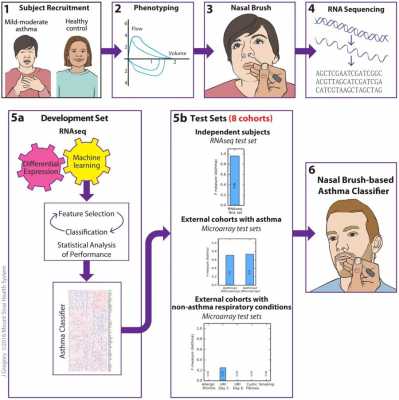Author Interviews, Biomarkers, Brain Cancer - Brain Tumors, Cancer Research, Genetic Research / 21.07.2018
Gene Biomarker Can Predict Brain Tumor Patients Who Have Better Outcomes
MedicalResearch.com Interview with:
Arnab Chakravarti MD
Professor and Chair of Radiation Oncology
Arthur G. James Cancer Hospital and Richard J. Solove Research Institute
The Ohio State University Comprehensive Cancer Center
MedicalResearch.com: What is the background for this study?
Response: Historically, the treatment for grade two gliomas has been a black box without really a standard-of-care therapy. In the past, it was really dealer’s choice, where it was based upon physician and patient preference. Either radiation alone, radiation plus chemotherapy, or chemotherapy alone, there wasn't really any data to guide therapeutic decision-making. Then about three years ago the landmark study RTOG 9802 was published, which demonstrated a survival benefit with the addition of chemotherapy to radiation versus radiation alone. That became the standard of care for the treatment of grade two gliomas.
One of the tricky issues with regards to these tumors is that there's a wide range of outcomes.
There are patients that succumb to disease within months, others that live decades. It's very
important to personalize care for the individual patient and that's why biomarkers, prognostic and predictive biomarkers are so important. The 9802 study showed us for the general population of patients that the addition of chemotherapy to radiation improved outcomes versus radiation alone.
The patient population that was selected for our study were the high-risk low-grade glioma
patients. Patients who are generally over the age of 40, tumor sizes that exceeded 6 cm in terms of maximum dimension, tumors that invaded the corpus callosum, astrocytic histology of patients with neurological symptoms. These are typically the patients that were included in the study. Really the main objective of this study was to determine the efficacy of treatment compared to historical controls. (more…)









